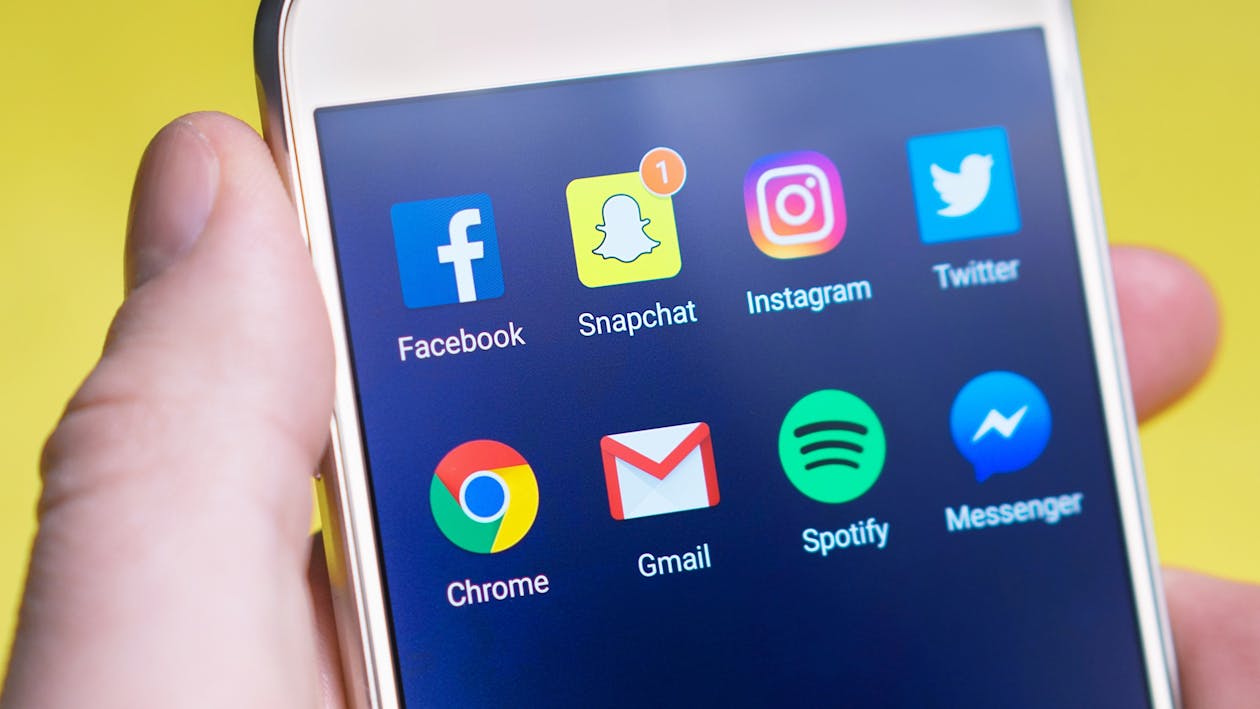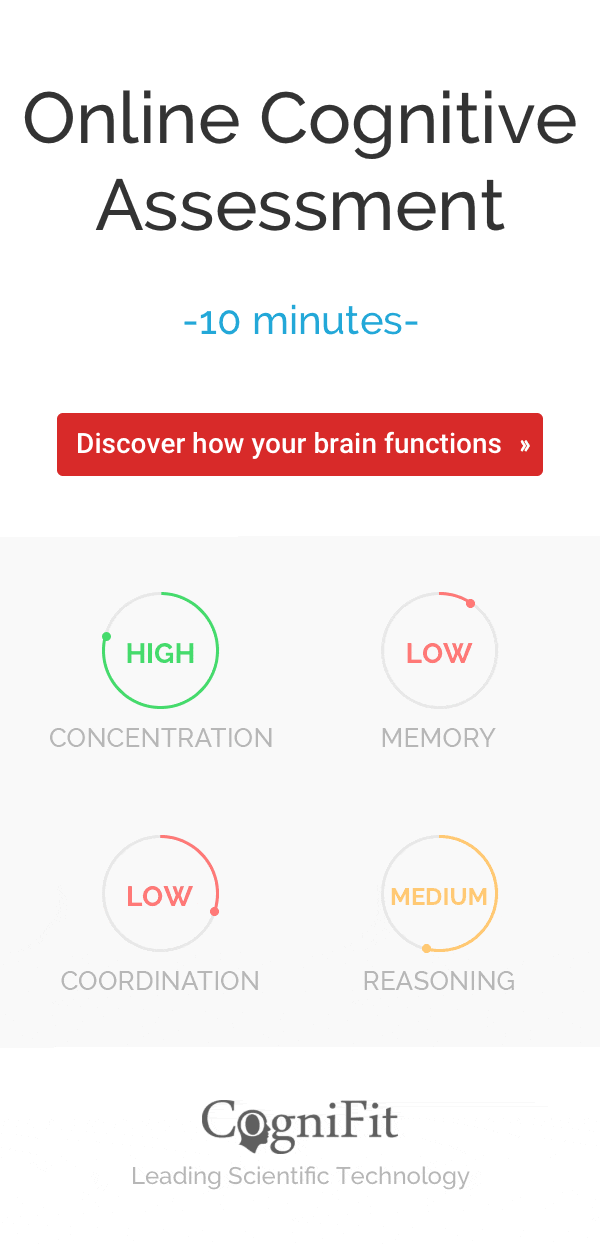
The Positives and Negatives of Social Media On The Brain
We could boast about the many positives of social platforms, but what about the negatives of social media on our brains? Let’s take a look at both sides, so you can decide for yourself if the apps are really worth it. Or, if a new level of moderation should take place.
IT’S EVERYWHERE
Modern-day society is immersed in technology. We’re glued to smartphones and devices. There is an app for everything—including socialization. Human connection has been reduced to words and photos on a screen rather than face-to-face communication with accounts like Instagram, Facebook, and Twitter. Although fun and convenient, the positive and negative effects are enough to make one question: is social media healthy for the brain?
THE DEFINITION OF SOCIAL MEDIA
Social media is a broad term describing computer-based technologies that allow the sharing of ideas, communication, and interactive virtual communities. This includes email, instant messaging, and accounts like YouTube, Facebook, Instagram, Twitter, or Snapchat. We are surrounded by social media on a day-to-day basis.
Communicating with others via computerized technology connects us with loved ones we may not otherwise have contact with. It’s also beneficial for work and academics. Scholars easily share articles and reports with recent findings. Consumers purchase products because of social media marketing strategies applied by businesses, which furthers the economy.
POSITIVES OF SOCIAL MEDIA ON THE BRAIN
Social media receives a negative stigma when judging its effects on the brain. Of course, there are countless pitfalls of technology-based social platforms, but social media is a positive presence in the lives of many. Brain activity in multiple areas of the brain responds to the stimuli by multiplying productivity, boosting mood, and expanding the learning of some key cognitive skills.
Enhanced Communication

Social media platforms foster open communication. The hustle and bustle of daily life do not leave as much time for face-to-face social interactions. Social media is a solution.
Individuals can connect across distances and can form networks with people who would otherwise be inaccessible. The increased connections also provide the opportunity to learn social and communication skills. Aspects of mental health are enhanced as the strengthened relationships contribute to “social capital and subjective well-being” (Bekalu et al., 2019).
Creativity
Creativity is the capacity to generate original ideas, techniques, or possibilities in useful ways. It is related to divergent thinking in which the ideas generated occur from a non-linear, free-flowing thought process by employing the brain’s executive functions.
Social media is an outlet for creativity with its photos, text posts, GIFs, and videos. It is a resource to explore new ideas and to build upon information—all while receiving constructive input from others.
Improved Memory
Memory is a brain function that encodes, stores, and recalls information as needed to complete a task or perform a behavior. The process of memory recall (the ability to retrieve memories previously stored from the past by replaying neural activity) is made easier with the use of social media.
One study of 66 students from Cornell University highlights how social media improves the brain’s memory. Each of the students was directed to document their experiences, rate them on emotional intensity, and were then asked about which of those experiences they shared on social media. After taking two quizzes a week apart, students better remembered the experiences they had shared online regardless of the emotional intensity rating.
Feelings of Happiness
Although social media can be a source of depression when users endlessly scroll through posts and compare their lives, physical appearance, or occupations to their friends, social media can provoke happiness. Feelings of happiness from social media use originate from social connections.
Michigan State University conducted a study of Facebook users. Users who provided empathetic support through engaging in social media posts had an increase in well-being and self-esteem, whereas the passive users did not.
Dopamine and serotonin, neurotransmitters that send chemical messages to nerve cells in the brain, are present when experiencing this social connection. The neurotransmitter release is associated with feelings of happiness and reward.
Emotional Support
Social media creates a sense of belonging. The aspect of emotional support is protective against mental illness. It brings together groups of people with similar struggles, missions, and goals. Additionally, people update about their lives on social media. The awareness of the lives of others creates the perception of emotional support even when there is no direct communication occurring.
With emotional bonding, the pituitary gland at the base of the brain releases the stress hormone oxytocin that produces feelings of protection.
THE NEGATIVES OF SOCIAL MEDIA ON THE BRAIN
On average, a person spends 144 minutes per day checking social media accounts. Although 81% say social media has a positive influence on their life, frequent use of social media has negative effects on the brain and nervous system that people don’t realize.
There are risks for mental health disorders, declines in cognitive skills like attention, and physical ailments. Let’s take a closer look.
Reduced Attention Span
Scrolling through Facebook while watching TV and writing a paper may appear like multi-tasking at its finest, but what effect does it have on the brain?
There are four types of attention.
- Sustained—the ability to focus on one stimulus for a prolonged period of time
- Selective—the ability to select which stimuli to focus on
- Alternating—the ability to switch between tasks with differing cognitive stimuli
- Divided—the ability to complete multiple tasks at the same time
Sustained attention was once the most essential skill, but excessive social media users, display marked declines in sustained attention and an increase in alternating and divided attention. Enhanced multi-tasking probably seems like a positive aspect of social media; however, the increase does not apply to settings outside of social media.
The Technical University of Denmark performed a study that concluded social media is rewiring the attention process in the brain and reducing gray matter responsible for inhibitory control, memory, speech, and sensory perception (Lorenz-Spreen et al., 2019). The changes are similar to that of the brain of someone with attention deficit hyperactivity disorder (ADHD)—a neurodevelopmental condition characterized by inattention, hyperactive behavior, and impulsivity.
Vision Problems
On average, we blink approximately 15 times per minute. When exposed to electronics, that number is cut in half. Our nervous system regulates our vision. It helps us focus on images in the environment as the brain processes visual information.
Studies claim that the human brain processes images that the eyes see in 13 milliseconds. As the number of hours spent on social media increases (along with the visual content posted via social media sites), the result is blurred vision, eyes that burn, and headaches from straining the eyes. In fact, these vision problems are so common there is now a diagnosis for its symptoms – Computer Vision Syndrome.
Altered Sleep Patterns
The sleep-wake cycle is controlled by a hormone known as melatonin. Located in the brain, the pineal gland is triggered by darkness to release melatonin into the bloodstream. The light from social media technology inhibits the production of melatonin, leading to poor sleep quality.
Further, scrolling through Facebook or Instagram before bedtime stimulates the brain. It prolongs the time it takes to fall asleep, as it drives to physiological and emotional arousal. This is one of the negatives of social media that is widespread and observes no boundaries – with lack of healthy sleep leading to other health problems.
Low Self-esteem

People are impressionable. Low self-esteem is common in adults, teens, and children who feel self-conscious and inferior as they seek to fit in with peers or make a good first impression at work or school. Social media can compound these harmful emotions because all these platforms focus on one thing. Outward presentation.
A 2012 study conducted by The Center For Eating Disorders found that over 30% of Facebook users feel sad when comparing themselves to photos of their friends posted on social media. One can edit photos for their Facebook account, but when face-to-face in the world, that is not an option.
Cyberbullying
Bullying doesn’t only happen face-to-face. The threatening behaviors conducted while cyberbullying include not only the sending of threatening messages like rumors, sexual threats, and derogatory remarks but the sharing of personal information and photos intended to cause humiliation.
With constant access to social media, cyberbullying is difficult to avoid. The information shared is likely permanent, having a significant impact on the individual’s reputation. Stress can lead to anxiety, depression, and even suicide.
Aside from the mental health effects, studies show bullying decreases brain volume in the putamen and the caudate. These two parts of the brain are responsible for how memories are influenced future behavior.
Mental Health Disorders
Social media sites, particularly Facebook, can bring on anxiety, depression, low self-esteem, and a narcissistic personality.
A variety of factors tie into the relation of psychiatric disorders and social media – bullying, a sense of inferiority, isolation. One study of teens and adolescents who visited social media platforms at least 58 times a week were found to be three times as more socially isolated because in-person interactions are made impersonal through social media.
In a second study, 435 Utah college graduates reported feeling “life is not fair” after viewing Facebook posts of other users. The basic assumption that others are happier based solely on social media posts contributes to depression.
Postives & Negatives of Social Media: Childhood Development
A child’s brain is always developing. As a result, social media impacts them differently than an adult or adolescent. Childhood is the prime stage for developing brain architecture. This means the brain is growing new cells and connections necessary for cognition.
Every second, the brain from millions of neural connections.
Interactions and experiences shape the developing brain – including social media. The frontal lobe of the brain is responsible for attention, inhibition, problem-solving, and memory. Social media particularly influences those functions. While their attention spans are quicker at multi-tasking due to social media, they take longer to complete single tasks. Their cognitive skills show a decline rather than following the normal developmental patterns.
Interestingly, a study of 9 and 10-year-old children by the National Institutes of Health found that the type of social media does matter. Children who primarily used Instagram and text messaging experienced positive effects from social media such as less conflict, increased physical activity, and strong social skills, but the children exposed to general media via the internet and television were prone to sleep disturbances and increased family conflict.
Postives & Negatives of Social Media: Teenagers and Adolescents
With an emphasis on a strong desire for peer connection, teenagers use social media more frequently than any other age group. The prefrontal cortex of a teenager is last to fully develop. Since that area controls motivation and reward, it explains why teenagers are infamous for impulsive behaviors. They seek instant gratification. Social media provides them with the instant gratification they crave because they are able to access socialization at any hour.
The teenage brain also responds to environmental stimuli more quickly, leaving them prone to mental illnesses often exacerbated by social media (i.e. depression, anxiety, and eating disorders). However, the likelihood of mental illness is dependent on how the teen uses social media.
According to adolescent psychologist Paul Weigle, M.D., social media can actually increase self-esteem and the risk of mental illness such as depression is relatively low if the teen has a strong social support system. They use social media to engage positively with their peers. Contrarily, teenagers without a support system are at risk for mental illness. This is because they are not actively engaged in positive social media posts.
POSITIVES & NEGATIVES OF SOCIAL MEDIA: CONCLUSION
With all this data about the effects of social media flying around our heads, it can feel overwhelming to know what to do. But don’t despair! It really comes down to responsible use in moderation. Also, parents should take an active role in their children’s online lives so they can lessen or negate the negatives of social media.
References
Bekalu, M.A., McCloud, R.F., & Viswanath, K. (2019). Association of Social Media Use With Social Well-Being, Positive Mental Health, and Self-Rated Health: Disentangling Routine Use From Emotional Connection to Use. Health Education and Behavior, 46(2). DOI: https://doi.org/10.1177/1090198119863768
Chou, H.T., & Edge, N. (2012). “They are happier and having better lives than I am”: the impact of using Facebook on perceptions of others’ lives. Cyberpsychology, Behavior & Social Networking, 15:117–121.
Lorenz-Spreen, P., Mønsted, B.M., & Hövel, P. et al. (2019). Accelerating dynamics of collective attention. Nat Commun 10, 1759. https://doi.org/10.1038/s41467-019-09311-w













